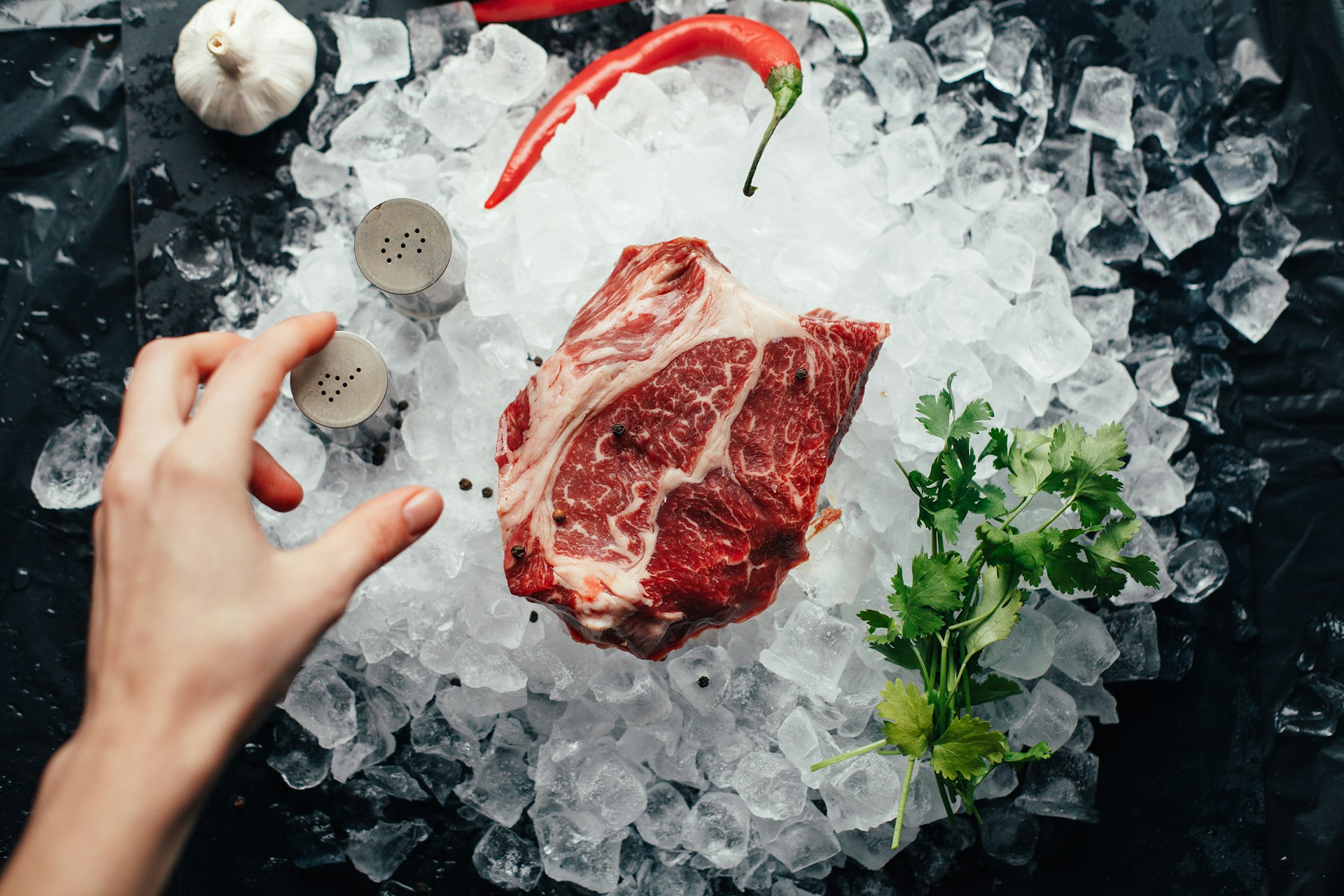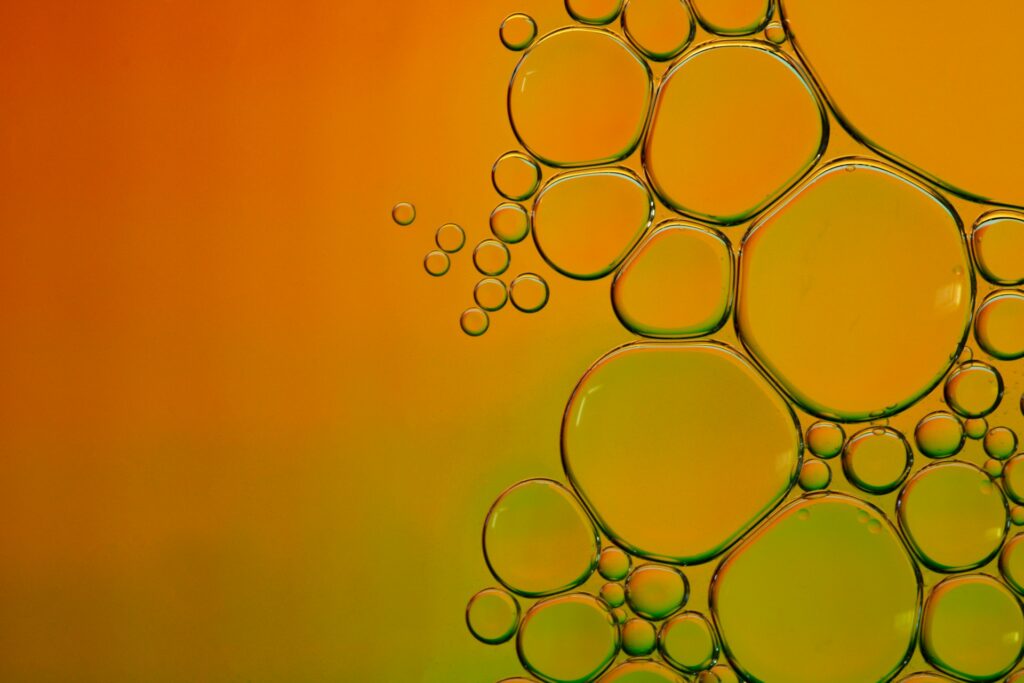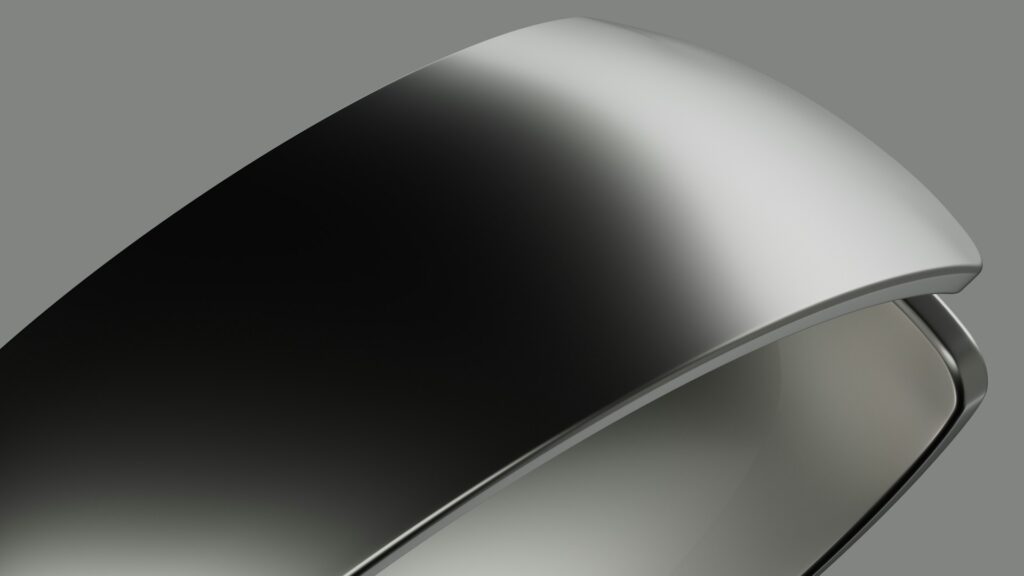Associate Professor Jessica Kramer and graduate student Thomas McPartlon of the University of Utah, along with their team in the John and Marcia Price College of Engineering, have developed a synthetic version of antifreeze proteins inspired by polar fish. Their work demonstrates that these engineered proteins can prevent ice crystals from forming in frozen foods and sensitive biologic drugs, offering a potential solution to long-standing challenges in cold chain logistics and biomedical storage.
McPartlon, T. J., Osborne, C. T., Wang, K., Detwiler, R. E., Meister, K., & Kramer, J. R. (2025). An Ultrapotent, Ultraeconomical, Antifreeze Polypeptide. Advanced Materials. https://doi.org/10.1002/adma.202420504
Ice crystals are a common problem in frozen foods and biologics. While they can cause freezer burn in everyday food items like ice cream, at the microscopic level they can also damage cells and delicate molecules such as enzymes and antibodies. Traditional antifreeze solutions, like ethylene glycol, are toxic and unsuitable for food and medicine. Inspired by proteins naturally found in fish that survive sub-zero environments, Kramer and McPartlon designed simplified synthetic polypeptides that mimic the antifreeze activity of these proteins while being suitable for large-scale production.
Associate Professor Jessica Kramer of the University of Utah stated,
“Ultimately, we simplified the structure to only the parts we thought were required for antifreeze activity, which makes production less complicated and expensive. Despite those changes, this study showed that our mimics bind to the surface of ice crystals and inhibit crystal growth, just like natural antifreeze proteins.”
The team focused on identifying the structural features of natural antifreeze proteins that are essential for their ice-binding properties. By retaining only these critical components, they created a molecule that is easier and more economical to produce without sacrificing functionality. Kramer explained that the synthetic polypeptides bind to the surface of ice crystals, inhibiting their growth in a manner similar to natural proteins. McPartlon emphasized that the approach is fully chemical, requiring no fish or living cells in the production process.
To validate their design, the researchers tested the synthetic proteins in several practical applications. Ice cream chilled to minus four degrees Fahrenheit maintained its texture without forming large ice crystals. The anti-cancer drug Trastuzumab remained stable even at extreme temperatures down to minus 323 degrees Fahrenheit. The proteins also demonstrated non-toxicity to human cells and were digestible by human gut enzymes, which is critical for their use in food and drug applications.
The study shows that these synthetic antifreeze polypeptides protect sensitive biomolecules from freeze/thaw damage. This finding is particularly important for biologics, which often require strict temperature control during storage and transport. By stabilizing enzymes and antibodies against ice crystal damage, these proteins could improve the shelf life and efficacy of life-saving drugs.
Kramer and McPartlon are currently working to commercialize the technology through Lontra Bio LLC, a startup focused on bringing synthetic antifreeze proteins to market. The proteins could have wide-ranging applications, from improving the texture and longevity of frozen foods to enabling safer distribution of vaccines, enzymes, and other biologics.
The research highlights the potential of learning from nature and applying chemical engineering principles to solve practical problems. By creating scalable, synthetic versions of antifreeze proteins, the team provides a versatile tool for industries reliant on cold storage. This work represents a significant step forward in the development of safer, more effective cryoprotectants.
The synthetic antifreeze proteins developed by the University of Utah team could reshape the way frozen foods and biologic drugs are stored and transported. With ongoing research and commercial development, these molecules may offer an innovative, scalable, and non-toxic solution to a problem that has challenged both food science and pharmaceutical logistics for decades.

Adrian graduated with a Masters Degree (1st Class Honours) in Chemical Engineering from Chester University along with Harris. His master’s research aimed to develop a standardadised clean water oxygenation transfer procedure to test bubble diffusers that are currently used in the wastewater industry commercial market. He has also undergone placments in both US and China primarely focused within the R&D department and is an associate member of the Institute of Chemical Engineers (IChemE).



